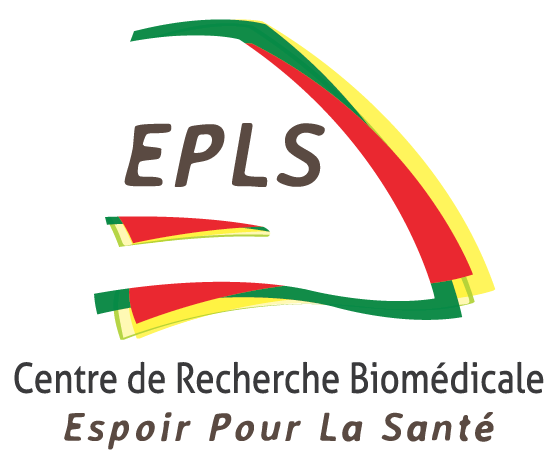Interactions between intermediate snail hosts of the genus Bulinus and schistosomes of the Schistosoma haematobium group
Rollinson D, Stothard JR, Southgate VR.
Parasitology, 2001, 123 Suppl:S245-60 (PMID : 11769287)
Within each of the four species groups of Bulinus there are species that act as intermediate hosts for one or more of the seven species of schistosomes in the Schistosoma haematobium group, which includes the important human pathogens S. haematobium and S. intercalatum. Bulinus species have an extensive distribution throughout much of Africa and some surrounding islands including Madagascar, parts of the Middle East and the Mediterranean region. Considerable variation in intermediate host specificity can be found and differences in compatibility between snail and parasite can be observed over small geographical areas. Molecular studies for detection of genetic variation and the discrimination of Bulinus species are reviewed and two novel assays, allele-specific amplification (ASA) and SNaPshot, are introduced and shown to be of value for detecting nucleotide changes in characterized genes such as cytochrome oxidase 1. The value and complexity of compatibility studies is illustrated by case studies of S. haematobium transmission. In Senegal, where B. globosus, B. umbilicatus, B. truncatus and B. senegalensis may act as intermediate hosts, distinct differences have been observed in the infectivity of different isolates of S. haematobium. In Zanzibar, molecular characterization studies to discriminate between B. globosus and B. nasutus have been essential to elucidate the roles of snails in transmission. B. globosus is an intermediate host on Unguja and Pemba. Further studies are required to establish the intermediate hosts in the coastal areas of East Africa. Biological factors central to the transmission of schistosomes, including cercarial emergence rhythms and interactions with other parasites and abiotic factors including temperature, rainfall, water velocity, desiccation and salinity are shown to impact on the intermediate host-parasite relationship.

